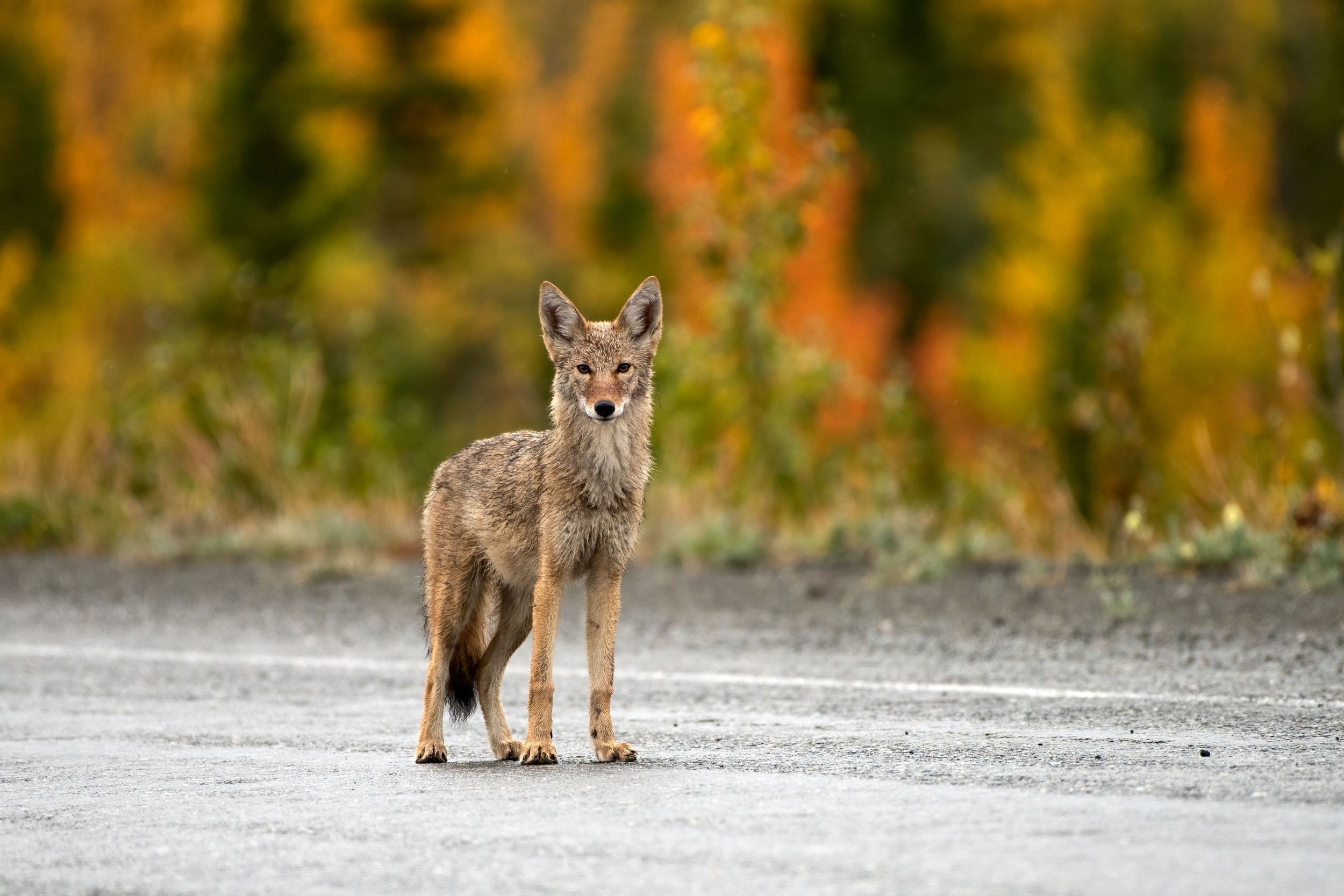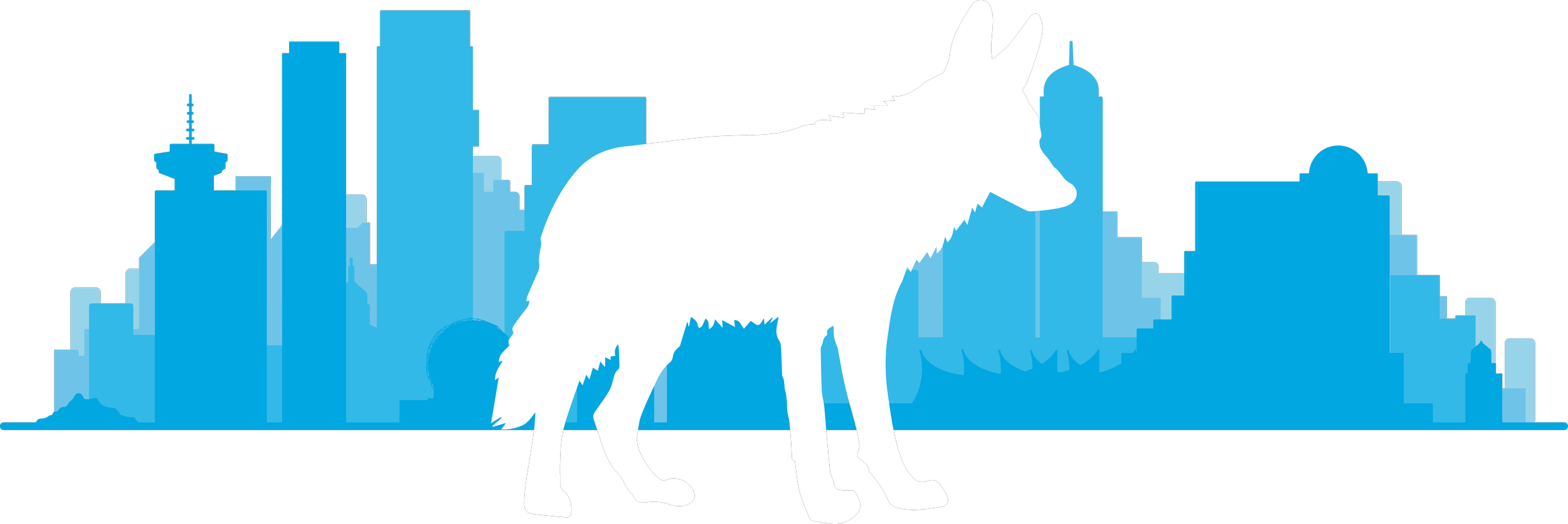The UBC Coyote Project:
Understanding and mitigating human-coyote conflict across Vancouver
Conflict between humans and coyotes is on the rise across North America. Data is needed to better understand changes in coyote behavior, the factors driving these changes, and effective mitigation strategies for co-existence. We are tracking the diets, movement patterns, behaviors, and genetics of individual coyotes across Vancouver, in order to support data-driven management strategies that reduce human-coyote conflict.


